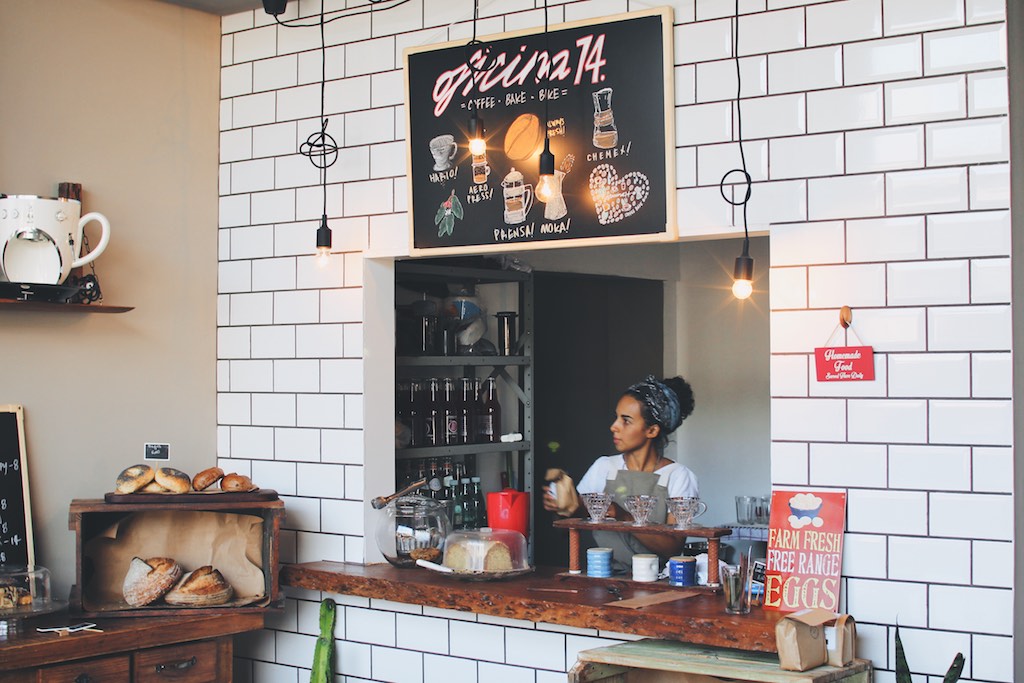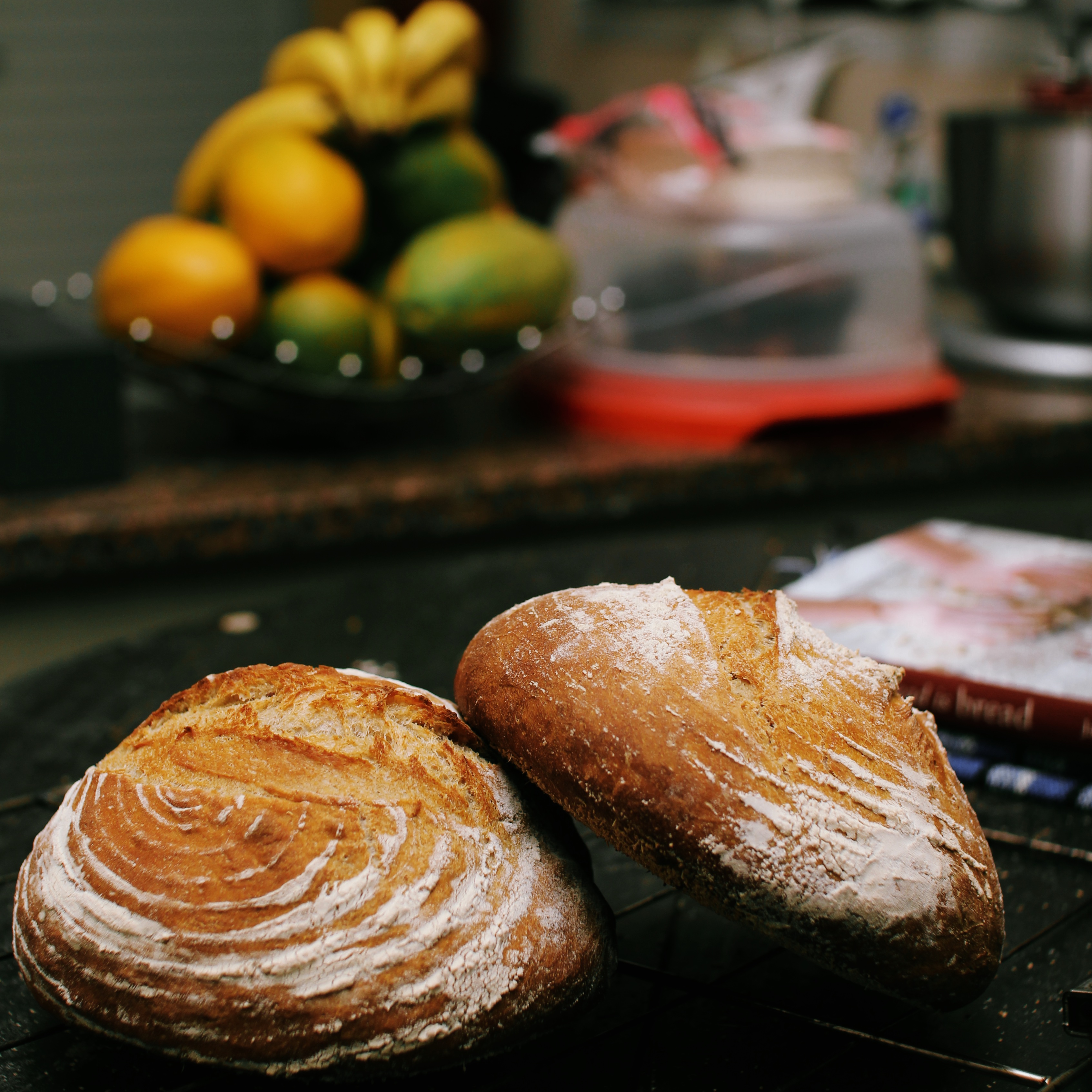This week, we opened our pop up shop, Oficina74, in the heart of Jundiaí, São Paulo. An experimental space where we’ll serve pour over coffee, Moka, french press and aeropress. Along with our bread, our pastries, cakes, juices and salads.
Essa semana abrimos nossa pop up shop, Oficina74, bem no “coração” de Jundiaí. Um espaço experimental onde servimos coados, Moka, prensa francesa e aeropress. Sem deixar de lado nossos pães, pastries, bolos, sucos e saladas.

It’s something that took shape incredible quickly and came straight out of left field. We didn’t see it coming. Our incredibly gracious and generous friends, Leo and Daniela had built an annex to their Italian restaurant, Cortile Siciliano. There, they hold private parties and often do pasta making classes, but during the days, it remains closed.
Um projeto que tomou forma rapidamente e que veio sem esperarmos. Nossos incríveis e generosos amigos, Leo e Daniela tinham esse espaço anexo ao restaurante italiano deles, Cortile Siciliano. Um espaço que eles usam para eventos particulares e cursos de massa, mas durante o dia o local permanecia fechado.

They asked us if we’d want to do bread making courses there, to which, we said, absolutely! But over a course of a few beers and good food, the conversation flowed more to why not open oficina74 there? Our arms were twisted quite quickly!
Eles nos ofereceram o espaço para oficinas de pão, e claro que respondemos, com certeza! Mas depois de algumas cervejas e boa comida, a conversa fluiu mais para “porquê não abrir Oficina74 lá?” Abrimos nossos abraços na hora!

The space is beautiful, furnished wonderfully and you couldn’t ask for a better location. There are limits though, our kitchen remains here, on the farm, and all the baking and food prep will remain here in our ovens. Then we open up shop there for later in the morning with our produce and coffee. The days will be long, but the opportunity unmissable.
O lugar é lindo, maravilhosamente mobiliado e não poderíamos pedir por uma melhor localização. Temos limitações, claro. Nossa cozinha continuará no sítio e todas as fornadas e preparações serão feitas em casa. Por esse motivos abriremos a loja um pouco mais tarde servindo nossos produtos e café. Jornada longa, mas uma oportunidade imperdível.

It’s a 3 month pop up shop trial, if things go well, there’s a chance of renting the space and making it a more permanent base of oficina74. I guess we’ll know more in 3 months!
Serão 3 meses testando o processo, e se tudo der certo (esperamos que sim), a chance de nos fixarmos no local e fazer do lugar casa permanente da Oficina74. Saberemos mais com o passar do tempo!

For now, we’re going to enjoy the challenge, the meeting of new people, and having the stage to tell our story and deliver the message of slow food, sustainable practices and buying local.
Por ora, estamos curtindo o desafio, conhecendo novas pessoas e aproveitando a oportunidade para contar nossa história e espalhar a mensagem slow food, práticas sustentáveis e valorização do comércio local.

We are incredibly grateful.
Nos sentimos extremamente gratos.
One love from us and if you’re in or nearby Jundiaí, drop in and share a moment with us!
Muito amor para todos e se você estiver pelas redondezas de Jundiaí, passe por lá para compartilharmos café e ideias!











 Morando na roça temos aprendido muito sobre horta, orgânicos, alimentação, café, fermentação e tantos outros assuntos que nem imaginávamos um dia saber, mas temos mesmo é aprendido muito sobre nós mesmos.
Morando na roça temos aprendido muito sobre horta, orgânicos, alimentação, café, fermentação e tantos outros assuntos que nem imaginávamos um dia saber, mas temos mesmo é aprendido muito sobre nós mesmos.























